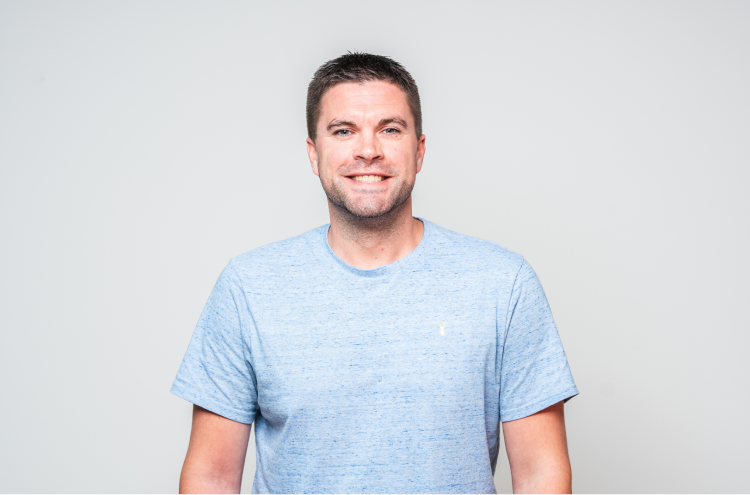What does a UX designer do?
A UX designer focuses on improving how users interact with a product or service. Their role is to ensure that interfaces are intuitive, efficient, and aligned with user needs through research, testing, and design.
They conduct user research, map user journeys, create wireframes and prototypes, and collaborate with product and engineering teams to implement solutions. Their goal is to improve usability, retention, and overall experience.
In startups, they may also handle visual design. In more mature teams, UX designers work alongside UI designers, researchers, and product Managers to optimise specific touchpoints or user segments.
Key responsibilities of a UX designer.
UX designers focus on making digital products intuitive, accessible, and user-centred. Their responsibilities often include:
-
Conducting user research through interviews, surveys, and usability testing
-
Mapping user flows, personas, and interaction patterns
-
Designing wireframes, prototypes, and user journey maps
-
Collaborating with UI designers and developers to validate ideas
-
Ensuring experiences meet accessibility and usability standards
-
Reviewing product analytics to inform UX decisions
-
Leading discovery sessions with product managers and stakeholders
-
Testing and refining designs through A/B testing or usability tests
-
Maintaining UX documentation and research libraries
-
Ensuring alignment between user needs and business outcomes
This role combines research, design, and user advocacy to shape product experiences.
Skills and requirements for a UX designer.
UX designers improve usability, accessibility, and satisfaction across digital journeys. Employers typically look for:
-
2–5 years of experience in UX design or related roles
-
Proficiency in wireframing, prototyping, and user journey mapping
-
Experience using Figma, Axure, Balsamiq, or similar tools
-
Strong understanding of information architecture and usability principles
-
Confidence working with product teams to interpret user needs
-
Familiarity with accessibility guidelines and inclusive design
-
Experience conducting user interviews, surveys, or A/B tests
-
Ability to work with visual designers and developers
-
Portfolio demonstrating problem-solving and UX thinking
Most UX designers have backgrounds in design, psychology, or HCI, collaborating closely with research and product teams.
Average salary for a UX designer.
In the UK, the average salary for a UX designer typically ranges from £35,000 to £50,000, depending on experience with user testing, design systems, and research.
-
Mid-level UX designers tend to earn between £35,000 and £42,000
-
Senior UX designers working on complex user flows or enterprise-level platforms can earn between £43,000 and £50,000
-
Designers with strong collaboration skills across development and product functions are in highest demand
Salaries are stronger in digital agencies, ecommerce, and data-driven SaaS platforms, especially in London.
Career progression for a UX designer.
A UX designer creates meaningful, usable digital experiences. With growth, this role can evolve into research, strategy, or design leadership. A typical progression includes:
Junior UX designer
Assists with user flows, wireframes, and usability testing.
UX designer
Designs intuitive experiences across journeys and platforms. Works with product and dev teams.
Senior UX designer
Owns key flows, leads workshops, and influences product development.
UX lead / design manager
Drives UX across multiple products. Manages research, delivery, and consistency.
Head of UX / customer experience
Leads UX strategy and innovation across the full user journey.
Oracle Cloud Solutions Architect
Oracle Cloud Solutions Architect
Oracle Cloud Solutions Architect
Oracle Cloud Solutions Architect
salary guide
2026 UK UX design salary guide.
As a UX designer, you create experiences that put users first. But does your salary reflect the demand for your skills?
Our 2026 UK UX design salary guide includes the latest benchmarks for UX designer positions across the UK. With insights from 2025 and forecasts for 2027, it helps you evaluate your pay and plan your progression with confidence.

FAQS
UX designer FAQs.
UX designers focus on how users interact with a product — mapping journeys, removing friction, and shaping intuitive flows. They use research, wireframes, and usability testing to improve the user experience.
User flows, wireframes, prototypes, personas, and usability reports. They often hand off to UI or Product Designers for visual refinement.
Figma, Miro, Maze, Optimal Workshop, Axure, and testing platforms. Many also use analytics tools (like Hotjar or GA) to inform iteration.
By reduced drop-off rates, task success in usability tests, increased engagement, and positive feedback. UX is often tied to business metrics like retention or NPS.
Roles include senior UX designer, UX lead, UX researcher, or even product manager. Those with stakeholder skills may also move into UX strategy.







